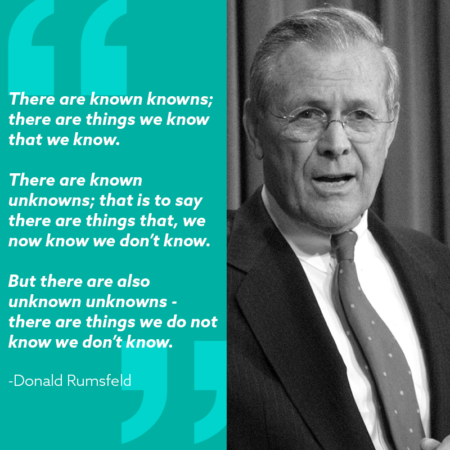
Whether your utility is thinking about new distributed generation technologies, incorporating advanced metering infrastructure, the Internet of Things, or the proliferation of connected “smart home” devices, utilities are being forced to adapt their planning strategies.
Successful integration of DERs into the generation mix relies on reducing the uncertainty in our understanding of consumer choices. Understanding how consumers use and interact with electric vehicles, solar, and batteries will be critical to developing locational value methodology or time- and location-dependent resource planning.
To help fill their knowledge gaps in distribution planning, stakeholders often use propensity modeling to predict how customers will act. These models rely on customers’ past behaviors to predict how they will behave in the future, such as their likelihood to adopt a technology or engage in programs or initiatives. Yet, mining the past to predict the future assumes that individual behaviors in one context are transferable to different technologies, different communities, or different use cases. These assumptions may not always hold — instead, there may be other variables or factors that impact customer behaviors and the choices they made.
The limits of applying an old approach to a new problem
Propensity modeling is an excellent tool for capturing a larger proportion of a given market segment. These models work by identifying the characteristics participants share, allowing planners to understand and target those who may be more likely to participate and to tailor marketing strategies to this audience. The model selects for customers who are similar to, or who share characteristics with, those who are already participating.
In the case of customer choice and engagement with DERs, there may be few prior use cases or precedents for customer behavior, making it challenging to predict how customers will respond. As EVs, rooftop PV, or other DERs gain traction in a broader segment of the market, the characteristics of early adopters may not usefully predict characteristics of more mainstream adoption. In these cases, how do you know what to research and what to measure when you don’t know what you don’t know?
Exploratory Research – How do you know what you don’t know?
 To quote Donald Rumsfeld, “There are known knowns; things that we know that we know” — these are the data from your demand response pilots, the grid edge technology case studies, and so on. Rumsfeld continues, saying that “there are known unknowns, that is to say, things that we now know we don’t know.” For instance, a known-unknown for DERs includes in-depth insight into customer satisfaction, customer participation, and persistence. You don’t know how the market will behave when many residential and small commercial customers join an interconnection process designed to work for a few large commercial customers. In these cases, the metric may be known, but the long-term or wide-scale performance is yet unknown.
To quote Donald Rumsfeld, “There are known knowns; things that we know that we know” — these are the data from your demand response pilots, the grid edge technology case studies, and so on. Rumsfeld continues, saying that “there are known unknowns, that is to say, things that we now know we don’t know.” For instance, a known-unknown for DERs includes in-depth insight into customer satisfaction, customer participation, and persistence. You don’t know how the market will behave when many residential and small commercial customers join an interconnection process designed to work for a few large commercial customers. In these cases, the metric may be known, but the long-term or wide-scale performance is yet unknown.
Finally, Rumsfeld explains, “But there are also unknown unknowns, things we do not know we don’t know.” These are the new markets, new technologies, or even potential program opportunities that can’t be easily identified or studied because we simply do not know enough to get started. How do you identify, name, and measure the unknown unknown?
A new typology of research
As an anthropologist, my work is identifying the unknown unknowns through open-ended and exploratory research. Anthropologists have been agile researchers since before Agile was a thing. Ethnography, the method of anthropology, relies on a flexible orientation that demands both an openness to what data is relevant (and what constitutes ‘data’ in any given case), along with a willingness to adjust your preconceptions and expectations when faced with contradictory or unexpected data. This stance allows for an adaptive research process, where the initial findings shape later research questions. In fact, it is almost a mark of authenticity in anthropological fieldwork to return from the field with a new (or enhanced/tweaked/adjusted) set of research questions and objectives.
To return to Rumsfeld’s pithy framework, with DERs, you’re dealing with the unknown unknown. You don’t know who among non-participants might be potential participants, or what value they would get from a given product or service. Why would they want to sign up or purchase this? What barriers might be preventing them from engaging with this product or service? And then there are even more unknowns – the questions we aren’t even asking, that we don’t know to ask. With all these unknown-unknowns, a propensity model may be less useful than a more exploratory approach.
So, how do you go about researching these unknown unknowns? That’s a great question…for another day.
Stay tuned for Part 2 of Dr. Liz Kelley’s blog, Evolution, Part 2: Exploratory research methods for new market needs. She will incorporate thoughts from SEPA’s 51st State Salon and the SEPA Grid Evolution Summit that was held in Washington, DC on July 9 – 12.
